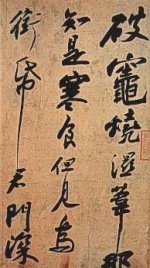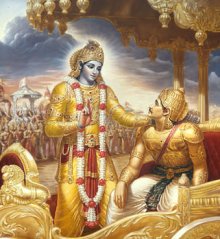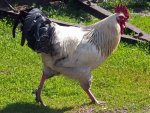Last week, I attempted to describe one of my favorite lower body warm-up exercises. Online and offline feedback since then indicate that my description wasn’t as clear as I intended.
The particular choreography of this kicking exercise isn’t so important. I recommended it for its general characteristics. To explore those qualities, let’s contrast the exercise with a more common kicking drill:


